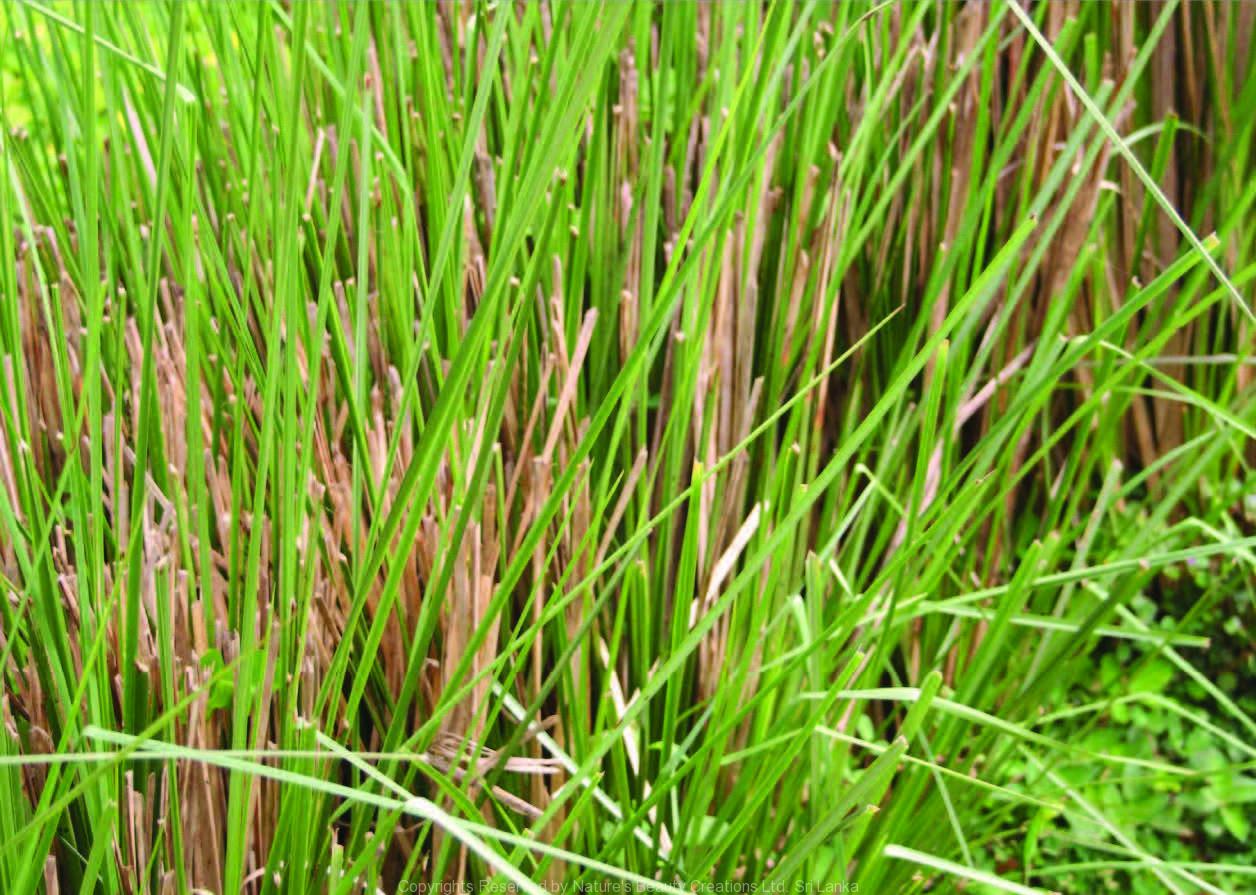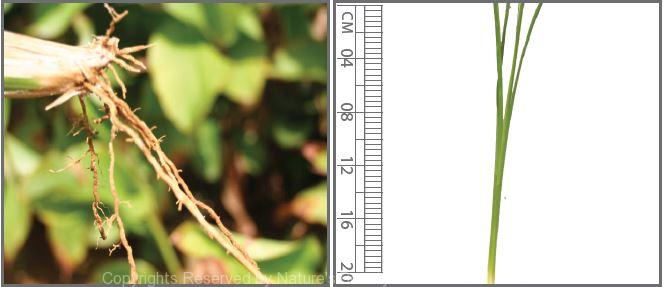

Traditional Knowledge
Useful plant parts :
Root
Uses in traditional medicine :
- Roots placed in hot water is kept overnight to cool and taken 1 cup in the morning to cure ulcers in the stomach
- Infusion of roots is taken for urinary diseases
- Roots are stomachic, carminative, diaphoretic and diuretic
- Roots act as a cholagogue
- Roots are used to treat anorexia, dyspepsia, flatulence, congestion of the liver
- Used as an antiperiodic in malarial and typhoid fever
- Used to treat haemoptysis, phthisis, anaemia, skin and blood diseases, piles, delirium, pneumonia and meningitis
Scientific Research
Chemical constituents:
Sesquiterpenes: khusimol, khusenic acid, vetivenene, vetivone from root essential oil
Bioactivity :
Vetivenene, vetivone: antioxidative; essential oil of leaves: antimicrobial; khusimal and khusenic acid: antimycobacterial; ethanol extract of roots: anticonvulsant
Clinical:
Note :
Extracted oil from the root is used in the perfume industry
References : Dwivedi, G. R. et al., (2013), Tricyclic sesquiterpenes from Vetiveria zizanoides (L.) Nash as antimycobacterial agents., Chemical Biology & Drug Design, 82(5), 587-594. Gupta, R. et al., (2013), Anticonvulsant activity of ethanol extracts of Vetiveria zizanioides roots in experimental mice, Pharm Biol, 51(12), 1521-4. Hammer, K. A. et al., (1999), Antimicrobial activity of essential oils and other plant extracts, Journal of Applied Microbiology, 86, 985-990. Kim, H. J. et al., (2005), Evaluation of Antioxidant Activity of Vetiver (Vetiveria zizanioides L.) Oil and Identification of Its Antioxidant Constituents, Journal of Agricultural and Food Chemistry, 53, 7691-7695. Luqman, S. et al., (2009), Antioxidant potential of the root of Vetiveria zizanioides (L.) Nash, Indian J Biochem Biophys, 46(1), 122-5. Rao, R. C. et al., (1994), Khusimol, a non-peptide ligand for vasopressin V1a receptors, J Nat Prod, 57(10), 1329-35. Saikia, D. et al., (2012), Anti-tuberculosis activity of Indian grass KHUS (Vetiveria zizanioides L. Nash), Complement Ther Med, 20(6), 434-6.
Copyrights Reserved By
Natures Beauty Creations



